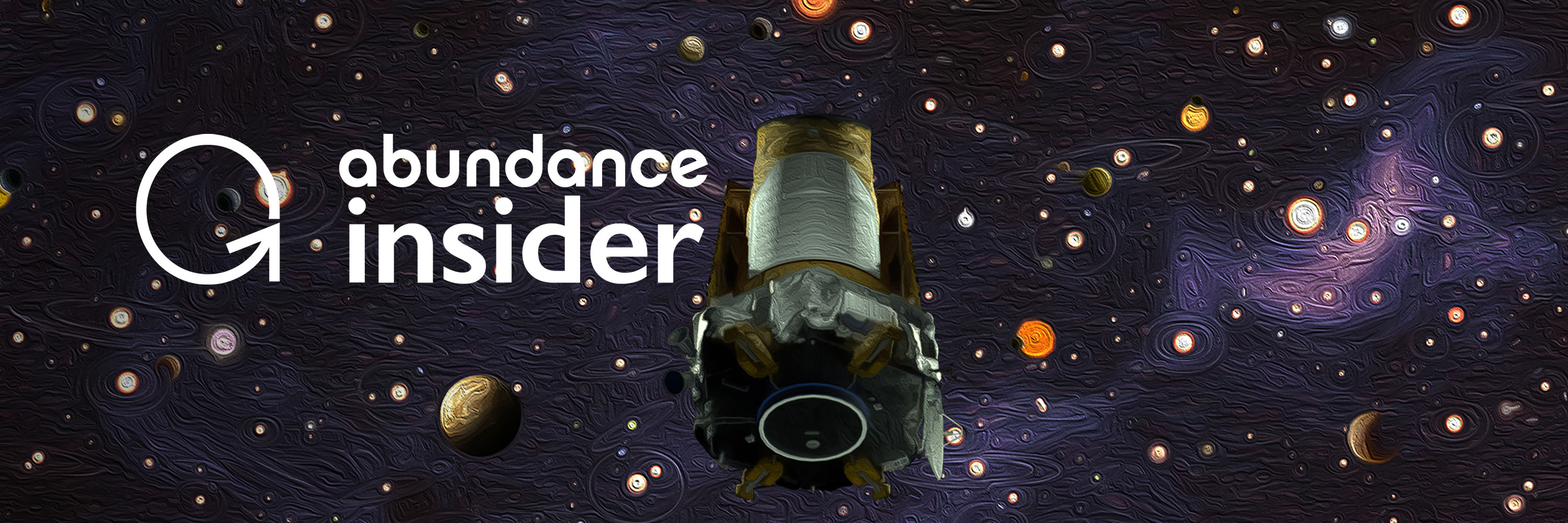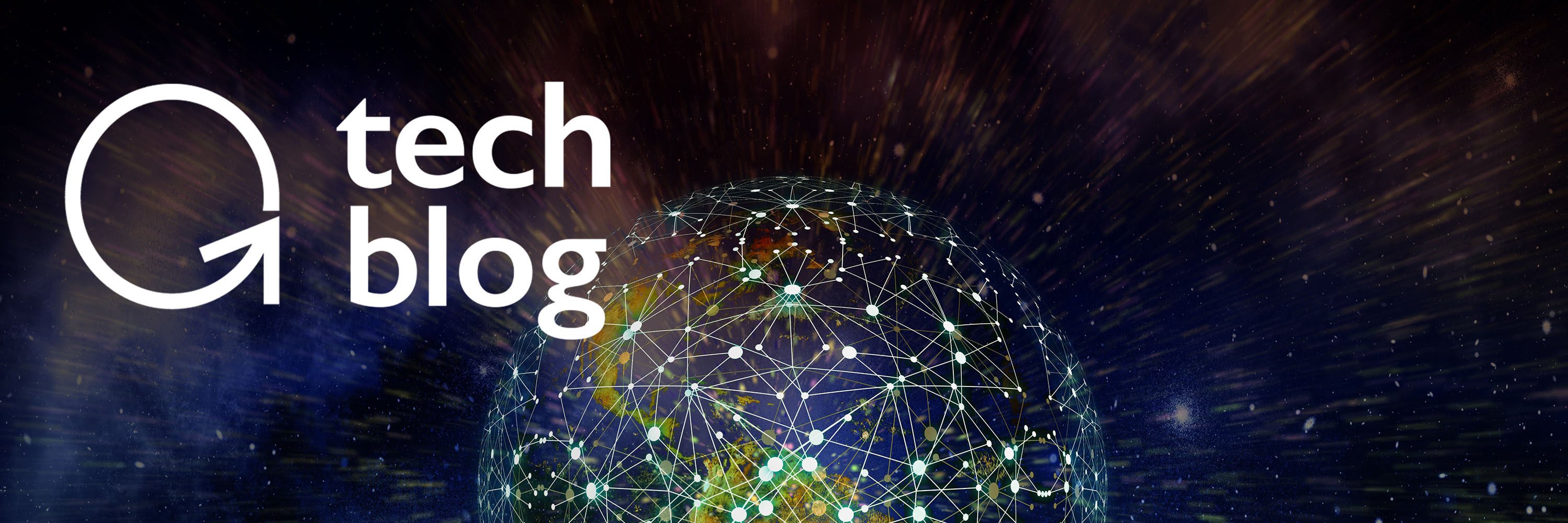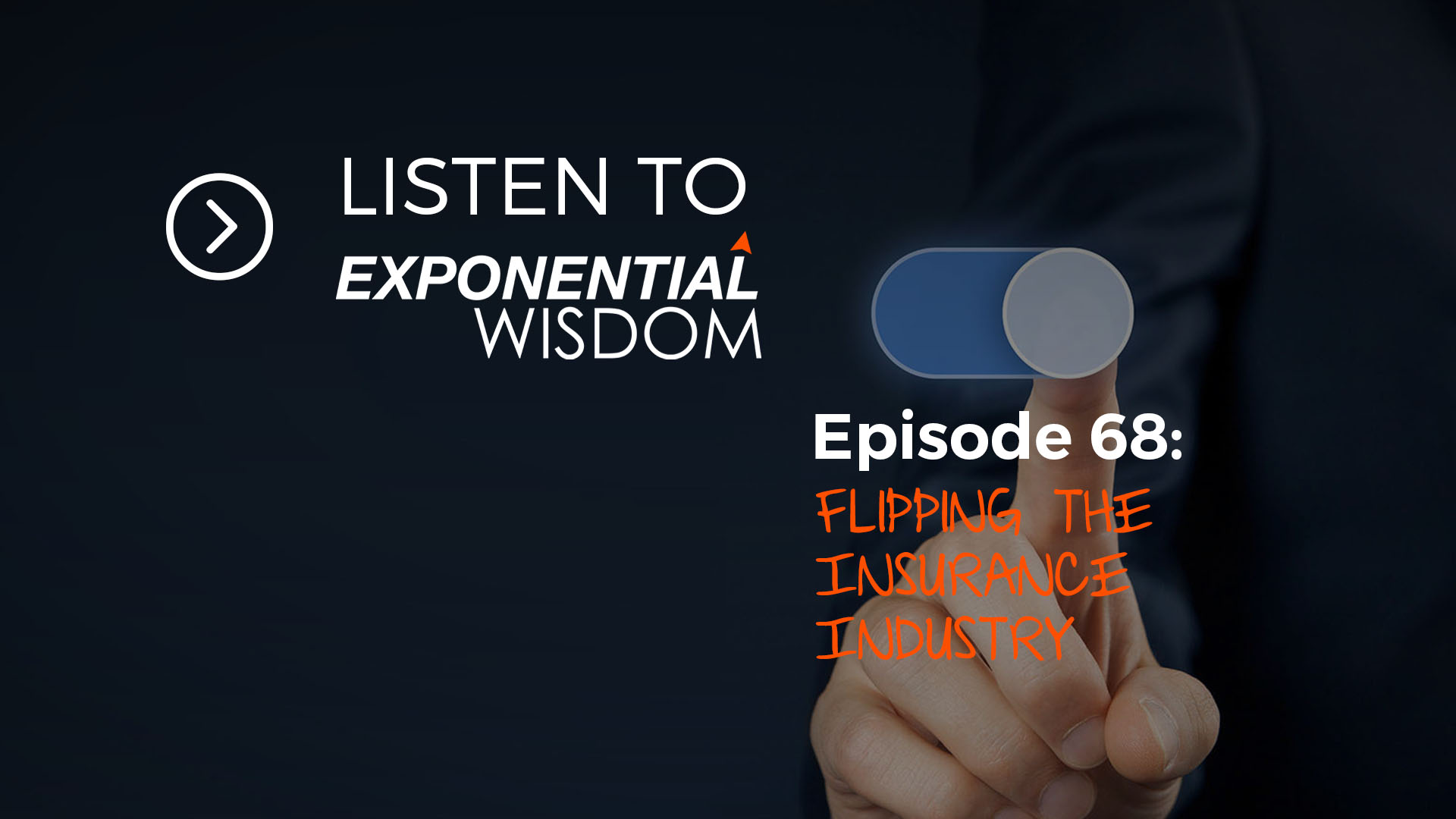
|
In this week's Abundance Insider: Barista bots, ultrafast phone charging, and disposable delivery drones. Cheers, P.S. Send any tips to our team by clicking here, and send your friends and family to this link to subscribe to Abundance Insider. P.P.S. Want to learn more about exponential technologies and hone in on your MTP/ Moonshot? Abundance Digital includes 100+ hours of course work and video archives for entrepreneurs, like you. Keep up to date on exponential news and get feedback on your boldest ideas from an experienced, supportive community. Click here to learn more and sign up. Baristas Beware: A Robot That Makes Gourmet Cups Of Coffee Has Arrived
What it is: To bring ‘connected coffee’ to the mainstream, coffee startup Briggo engineered a robotic coffee barista called Coffee Haus. The goal of the Coffee Haus project is for customers to quickly order their ideal cup of coffee via a smartphone app, receive a notification when the cup of joe is ready, and then pick up a cup of coffee that is precision-engineered to the customer's specifications and preferences. Through a robust array of inbuilt sensors, the Briggo bot manages almost every aspect of the coffee experience, from milk temperature to the usage rate of coffee cup lids. Briggo’s complex robotics and robust sensor and IoT technology converge to output as many as 100 cups of made-to-taste coffee in an hour. This is clearly one of the mainstream application of robotics. Why it's important: While the future of food is filled with impactful exponential technologies, consumers will likely directly interact with robotics first. Practically speaking, the 100 cups of coffee Briggo’s system outputs in an hour is about equal to the production rate of 3-4 baristas combined. Unlike human baristas, though, Briggo’s system does not take a salary or experience fatigue, and all of its actions are predetermined and monitored. (A larger social question emerges: When a robot prepares and delivers you a gourmet steak dinner, would you still leave a tip?) | Share on Facebook Spotted by Marissa Brassfield / Written by Max Goldberg McDonald’s Uses A.I. To Tempt You Into Extra Purchases At The Drive-Thru
What it is: Dynamic Yield, an Israel-based artificial intelligence startup, has partnered with McDonald's to deploy its "decision technology" within electronic menu boards at over 1,000 drive-thru locations within the next three months. The smart menu boards will dynamically change based on fators like the user's existing order, the weather, and how busy the restaurant is. McDonald's CEO Steve Easterbrook plans to eventually roll the technology out to all 14,000 U.S. restaurants and international locations, perhaps even with inbuilt license plate recognition to incorporate a customer's recent orders. Why it's important: In 2018, McDonald's generated almost $6 billion of net income serving around 68 million customers per day. This represents a massive data set on which to train machine-learning algorithms. Leveraging this abundance of data to personalize and streamline the customer experience will no doubt add to the $4.2 billion in free cash flow McDonald's reported at the end of 2018. What gold lies in your company data -- and how can you use it to make better business decisions? | Share on Facebook Spotted by Marissa Brassfield / Written by Marissa Brassfield Xiaomi’s 100W Charger Fills A 4,000mAh Battery In 17 Minutes
What it is: Xiaomi has developed a superfast 100W charger that takes a 4,000mAh battery — almost twice the capacity of an iPhone X — from zero to 100 percent in just 17 minutes. Details on the technology are still under wraps, particularly around heat dissipation, battery life, and whether it's tied to a specific manufacturer, but this represents an almost 2X improvement over the previous best. Why it's important: Rechargeable batteries have become ubiquitous in everyday life. Just as next-gen batteries and charging networks will eliminate "range anxiety" in electric vehicles, this 100W charger could similarly remove location barriers for cellphone users. How might a charger of this nature transform humanitarian efforts, or help researchers maintain 24/7 uptime in remote or inaccessible regions? | Share on Facebook Spotted by Marissa Brassfield / Written by Jason Goodwin These Autonomous Bots Battle Blazes Too Dangerous For Firefighters
What it is: As part of a five-year Japanese project to design responses to disasters in energy and heavy industries, Mitsubishi Heavy Industries (MHi) has created a Water Cannon Bot capable of fighting blazes autonomously in hard-to-reach and otherwise dangerous locations. The Cannon Bot and its companion Hose Extension Bot are built on farm buggy frames and can deliver foam or water at 4,000 liters per minute at 1 megapascal (MPa) of pressure. The duo is part of a larger autonomous system that includes surveillance and reconnaissance technologies onboard a larger transport vehicle to help fight the blaze. Why it's important: Autonomous robotics are rapidly improving, and we’re seeing a large number of early use cases in areas deemed too dangerous for humans. (Think failing nuclear reactors or space exploration.) Watch for these to potentially ease public concerns around automation, and generate insights for expansion into new, less-dangerous use cases. How can you use this approach in your own endeavors? | Share on Facebook Spotted by Marissa Brassfield / Written by Jason Goodwin Disposable Delivery Drones Pass Test With US MarinesWhat it is: Under contracts with DARPA and the U.S. Marine Corps, Logistic Gliders Inc. has developed a single-use, autonomous glider resupply system that can carry up to a whopping _1,800 pounds_ of supplies. Constructed from low-cost plywood, the disposable glider’s two versions (LG-2K and the smaller LG-1K) are projected to cost as little as a few hundred dollars each if cleared for mass production. Suited for long distances, the gliders are first launched from a larger aircraft and then either fly and navigate autonomously or are operated by a remote pilot. Granted new flexibility, the drones can even fly through urban environments, jungle canopies, or almost any low-altitude clearing, delivering critical supplies precisely where needed. Why it's important: A significant achievement in the longstanding pursuit of advanced drone delivery technology, these Marines-tested gliders could soon outpace both ground-based delivery drones in speed, and air-dropped supply parachutes in cost. As explained by principal investigator Marti Sarigul-Klijn, “Gliders dropped from a cargo aircraft could greatly outdistance any ground-based unmanned aerial vehicle (UAV) designed for cargo logistics,” particularly given the long range of glider-carrying aircrafts. With a now-multiplied range, cargo weight capacity, and ultra low cost, Logistic Gliders and similar drone technologies offer tremendous promise for everything from low-cost, high-volume humanitarian aid supply to precise commercial drone deliveries. | Share on Facebook Spotted by Marissa Brassfield / Written by Claire Adair Google And University Researchers Are Using Deep Learning To Discover Exoplanets
What it is: As AI technology joins forces with today’s leading astronomers, one convolutional neural network, AstroNet K2, has helped researchers discover two new exoplanets among a trove of NASA’s Kepler telescope data. Building upon research by Google AI’s Chris Shallue and Harvard astrophysicist Andrew Vanderburg, AstroNet K2 has helped overcome a major obstacle in analysis of Kepler’s data. Given a mechanical malfunction that rendered the telescope incapable of focusing on a single part of the sky, sporadic data collection has made it difficult for astronomers to identify the best exoplanet candidates. Now, while the neural network still returns numerous false positives, it has reportedly achieved a 98 percent accuracy rate in test data sets of images with promising characteristics. Why it's important: While AstroNet K2 cannot yet be entrusted with detecting and identifying planet candidates entirely on its own, the neural network and its successors will likely prove decisively valuable in the pursuit of exoplanet discovery. By rapidly sifting through tomes of Kepler imaging data, AstroNet K2 massively reduces the number of signals for human astronomers to analyze, making the collaborative process much less time-consuming. Now the first-ever neural network to be successfully applied to K2 data, AstroNet K2 will be open-sourced after further refinement, enabling a broader AI community to dive in. | Share on Facebook Spotted by Marissa Brassfield / Written by Claire Adair What is Abundance Insider? This email is a briefing of the week's most compelling, abundance-enabling tech developments, curated by Marissa Brassfield in preparation for Abundance 360. Read more about A360 below. Want more conversations like this?At Abundance 360, Peter's 360-person executive mastermind, we teach the metatrends, implications and unfair advantages for entrepreneurs enabled by breakthroughs like those featured above. We're looking for CEOs and entrepreneurs who want to change the world. The program is highly selective. If you'd like to be considered, apply here. Abundance Digital is Peter’s online educational portal and community of abundance-minded entrepreneurs. You’ll find weekly video updates from Peter, a curated newsfeed of exponential news, and a place to share your bold ideas. Click here to learn more and sign up. Know someone who would benefit from getting Abundance Insider? Send them to this link to sign up. |
Topics: Abundance Insider Space Robotics AI space exploration Artificial Intellegence Drones Batteries Genetics future of food













